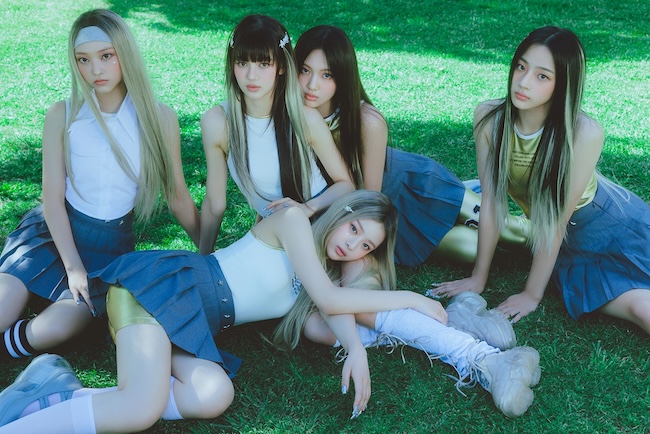
Jeon So-yeon, leader of the girl group (G)I-DLE, recently revealed on JTBC’s entertainment program “Knowing Bros” that the production cost of their new music video “Super Lady” amounted to a staggering 1.1 billion won. (Image courtesy of Cube Entertainment)
SEOUL, Mar. 11 (Korea Bizwire) – Jeon So-yeon, leader of the girl group (G)I-DLE, recently revealed on JTBC’s entertainment program “Knowing Bros” that the production cost of their new music video “Super Lady” amounted to a staggering 1.1 billion won, leaving both the hosts and her fellow members astounded.
An industry insider remarked that spending over 500 million won on a music video was considered outrageous just six years ago, but the costs have since more than doubled.
The rise in production budgets is not unique to (G)I-DLE, with other idol groups also investing heavily. It’s become an unwritten rule in the music industry that well-established groups now invest over 1 billion won in their music videos.
The substantial increase in music video production costs is attributed to the global rise of K-Pop and the consequent improvement in video quality. Modern music videos demand frequent set changes and costume swaps to maintain viewer engagement throughout their 3-4 minute duration.
The use of cinematic-grade computer graphics (CG), elaborate dance routines, and a large cast of dancers and extras, such as the 500 extras and 100 dancers in “Super Lady,” further contribute to the escalating budgets.
Additionally, the trend of creating short-form content for platforms like TikTok to engage in viral ‘challenges’ has become integral to a song’s success, further driving up production costs.
A major record label representative explained that aside from the music video itself, the cost includes shooting performance videos, behind-the-scenes footage, and visual films (concept videos). Fans’ growing expectations for high-quality content have made substantial investments in these areas indispensable.
Shooting in exotic international locations to achieve a unique visual aesthetic adds to the expenses, including airfare, accommodation, and local production costs.
A music video director shared that the preference for overseas locations stems from the desire to present fresh and evolved imagery with each release, taking advantage of favorable sunlight and different landscapes that offer new creative possibilities.
The post-COVID-19 era has seen a surge in studio rental and professional labor costs, further inflating budgets. The value placed on individual dancers and choreographers, now often regarded as independent artists, has also led to increased filming expenses.
The increasing significance of music videos in K-Pop promotion is evident in the extensive investments made by record labels.
Music videos not only serve as a visual treat for global fans unable to access Korean TV performances but also play a crucial role in defining an artist’s stature through YouTube views, influencing both Billboard chart positions and domestic music show rankings.

Groups like Seventeen, NewJeans, IVE, and Le Sserafim frequently produce multiple videos for a single album. (Image courtesy of ADOR)
The shift away from traditional media to a mobile-centric platform landscape has further highlighted the importance of music videos.
Groups like Seventeen, NewJeans, IVE, and Le Sserafim frequently produce multiple videos for a single album, embracing the trend of utilizing music videos and their derivative short-form content for promotional challenges.
A manager of an idol group revealed that online pre-marketing efforts ahead of an album release could easily cost around 100 million won per month.
NewJeans, for instance, generated buzz by creating music videos for all six tracks on their second mini-album “Get Up,” including hits like “Super Shy” and “ETA.”
Another industry professional emphasized the growing importance of music videos in conveying music, performance, and visual effects to a global audience, particularly for K-Pop groups with narrative-driven themes, making music videos an effective medium for storytelling and message delivery.
Lina Jang (linajang@koreabizwire.com)







